My younger brother once posed a seemingly simple question to our father. “Why do geese fly south for winter?”
Our dad responded with a beautiful thesis about bird migration. He talked about the seasons, mentioned food availability, he even touched on the aerodynamic flight patterns of the classic “V” formation.
My brother thoughtfully listened, before bolding declaring that our father was wrong. “No dad. It’s because it is too far to walk.”
Bird migration has no simple answers. It has perplexed people for centuries. Many of the earliest theories now seem outlandish. As researchers continue to unravel migration mysteries, some of these myths have long been debunked. Others persist widely to this day.
Let’s set the record straight and consider 8 migration myths of the past and present.
-
Species Shifters
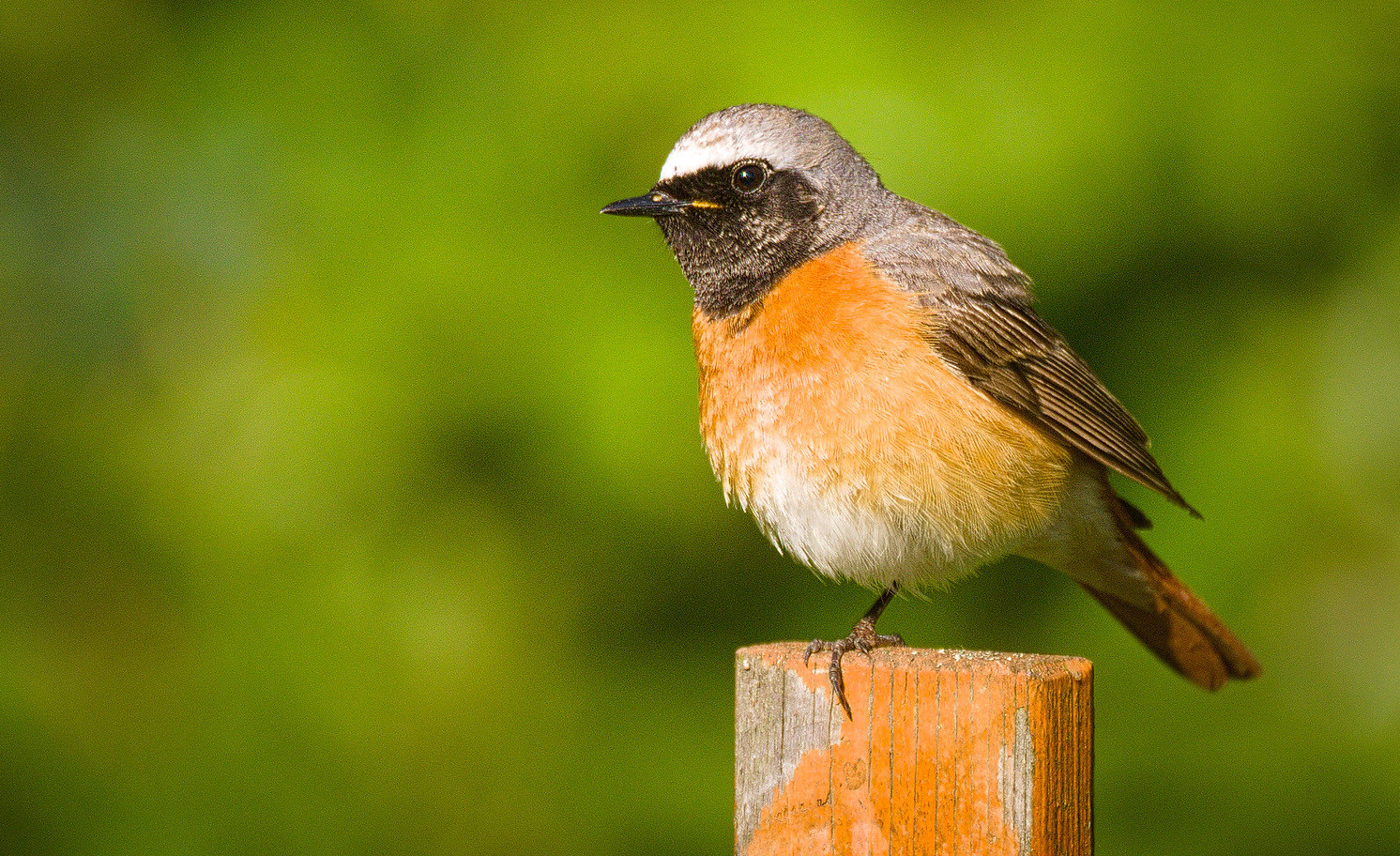
Common redstart (Phoenicurus phoenicurus) are a European migrant. © hedera.baltica / Flickr Noted thinker Aristotle suggested that redstarts transform into robins. This is a classic example of correlation does not equal causation.
The thinking behind this myth is that the timing of the departure of one species coincides with the arrival of the other.
A similar notion was that garden warblers transformed into blackcaps. Redstarts and garden warblers are summer birds in Greece, while robins and blackcaps are still visible in the winter.
-
Moon Landing?
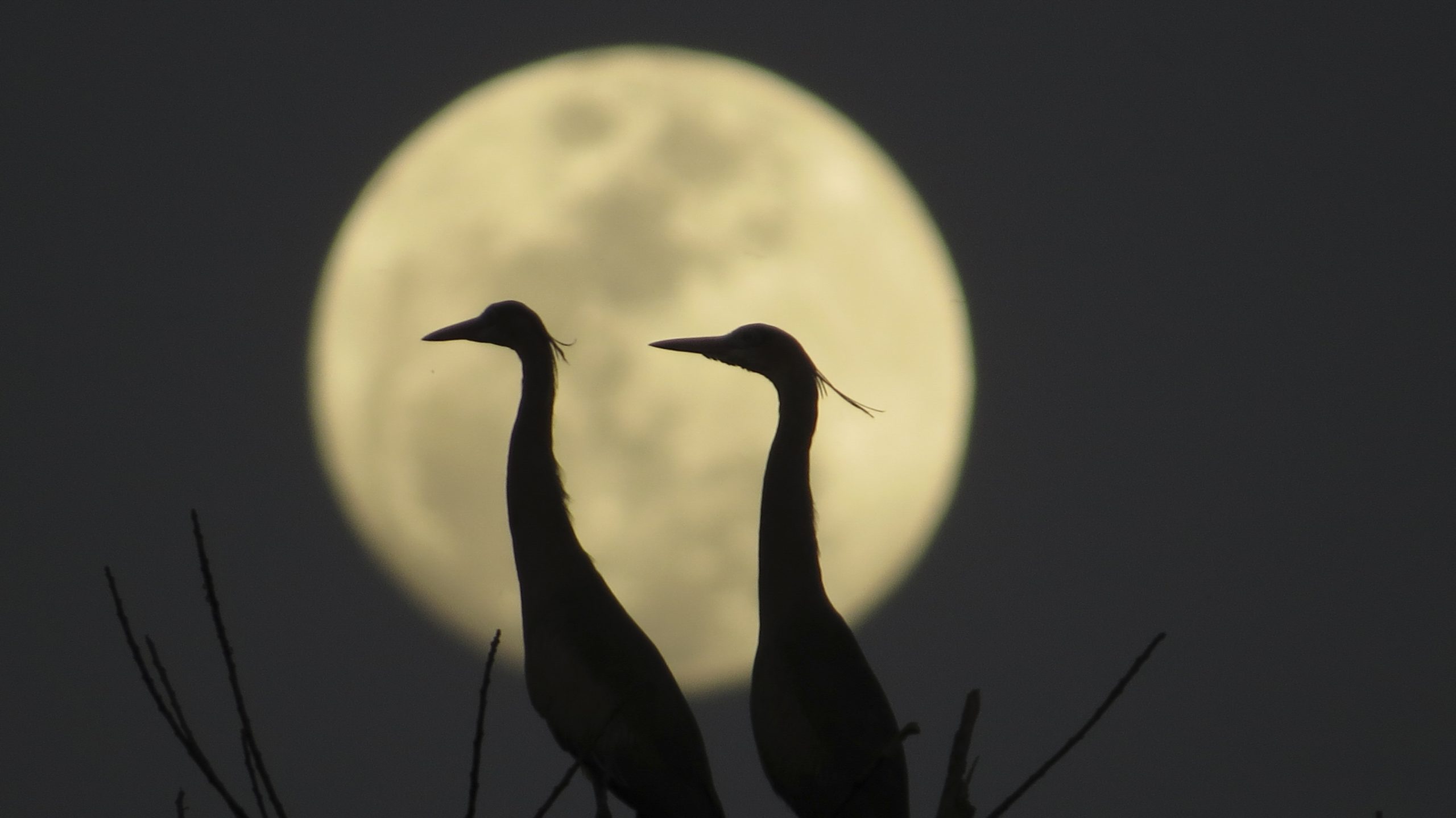
Two cranes walk past the full moon in Barinas, Venezuela. © Jesse Jose Romero Hernandez/TNC Photo Contest 2019 To early observers of wildlife, many birds simply disappeared in the fall. They would reemerge the next year, but where exactly they went was up for speculation.
Folks came up with some pretty fantastic ideas as to where birds were whenever they were away. In the 17th century, minister and scientist Charles Morton thought the most logical location for birds to go away to was…the moon.
Not everyone at the time was buying into this notion. Francis Willughby, a pioneer in classification well before Linnaeus’s time, more accurately thought that many European birds most likely wintered in Africa.
-
Hitchhiking Hummingbirds
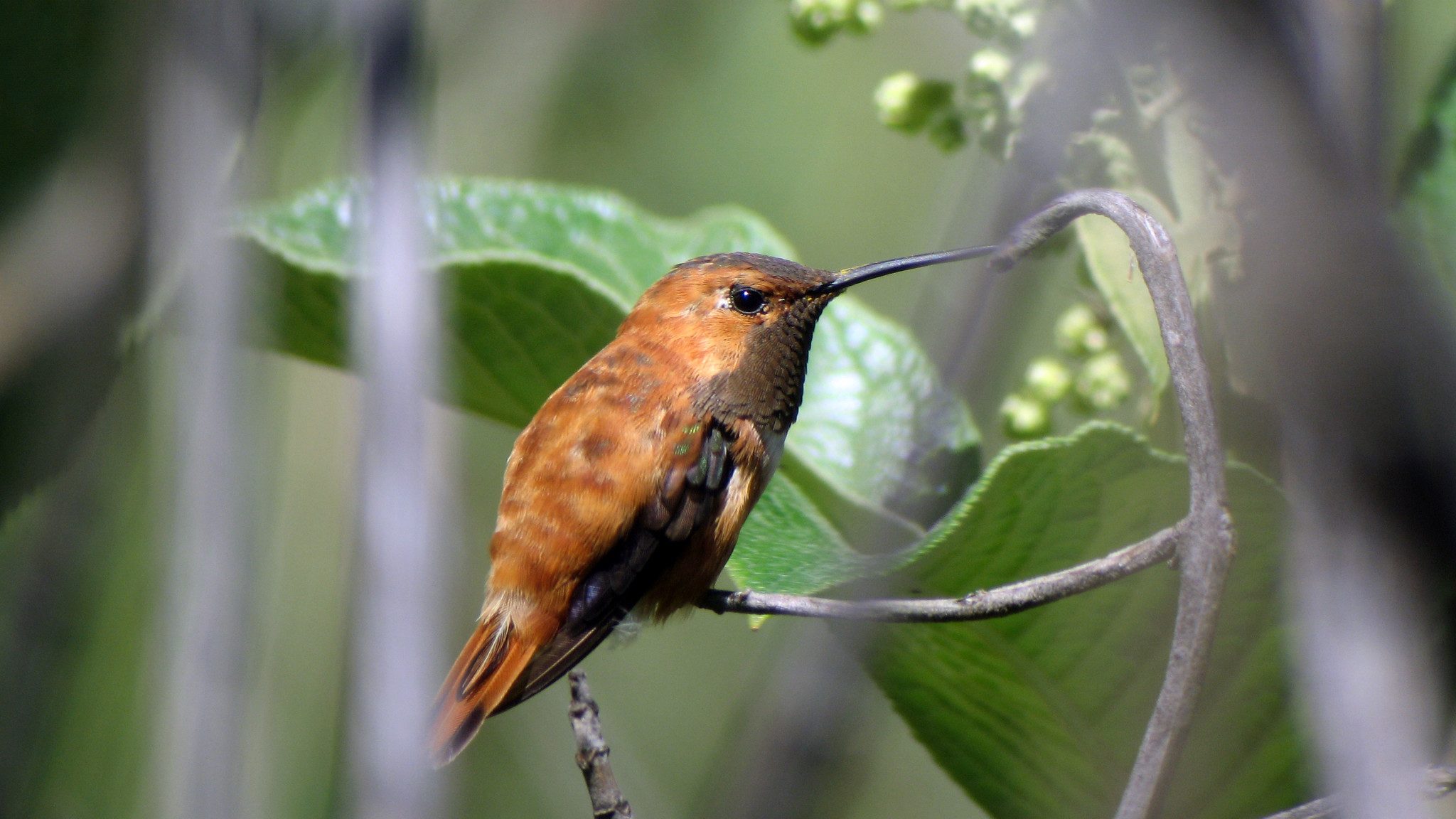
A rufous hummingbird. © Laura Erickson / Flickr (used with permission) Because of their tiny size, one myth that continues to make the rounds is that hummingbirds migrate on the backs of geese.
People have a difficult time believing that the most miniature of birds can move so far. Yet, these tiny fliers make epic migration journeys. Rufous hummingbirds cover 8,000 miles in a clockwise loop on their annual migration path which can stretch from Alaska to southern Mexico.
Ruby-throated hummingbirds can fly nonstop across the Gulf of Mexico during spring migration. Canada geese are wintering farther and farther north, and we now realize that hummingbirds are traveling greater distances than many of the geese migrants.
-
Long Winter’s Nap
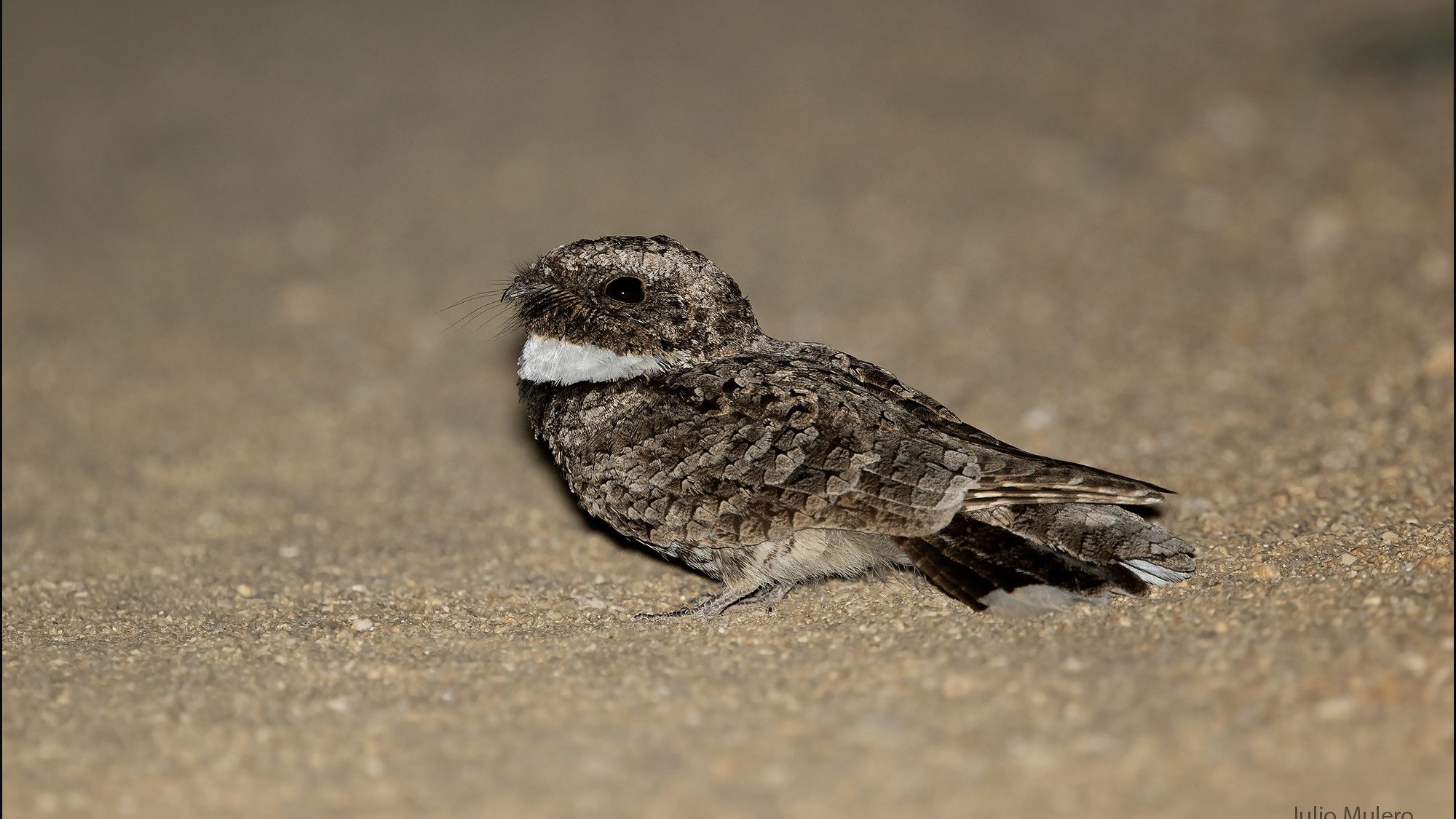
A common poorwill in Saguaro National Park. © Julio Mulero / Flickr There are variations of a myth that some species of swallows hibernate overwinter buried in mud.
This idea remained fairly widespread until the late 1800s. After a prolonged absence, large flocks of swallows arrive back to their breeding range en masse. Many swallow species build mud structure nests, so the birds are often seen on exposed patches of wet dirt collecting mouthfuls of nature’s spackle.
The hibernation aspect of this myth isn’t as far-fetched as it might seem. Some swifts and hummingbirds can slow down their metabolisms to enter a torpor-like state, almost a mini hibernation, lasting a few hours at a time. Common poorwills have been recorded in a hibernation like state stretching for as long as 3 months.
-
Bird Feeder Junkies
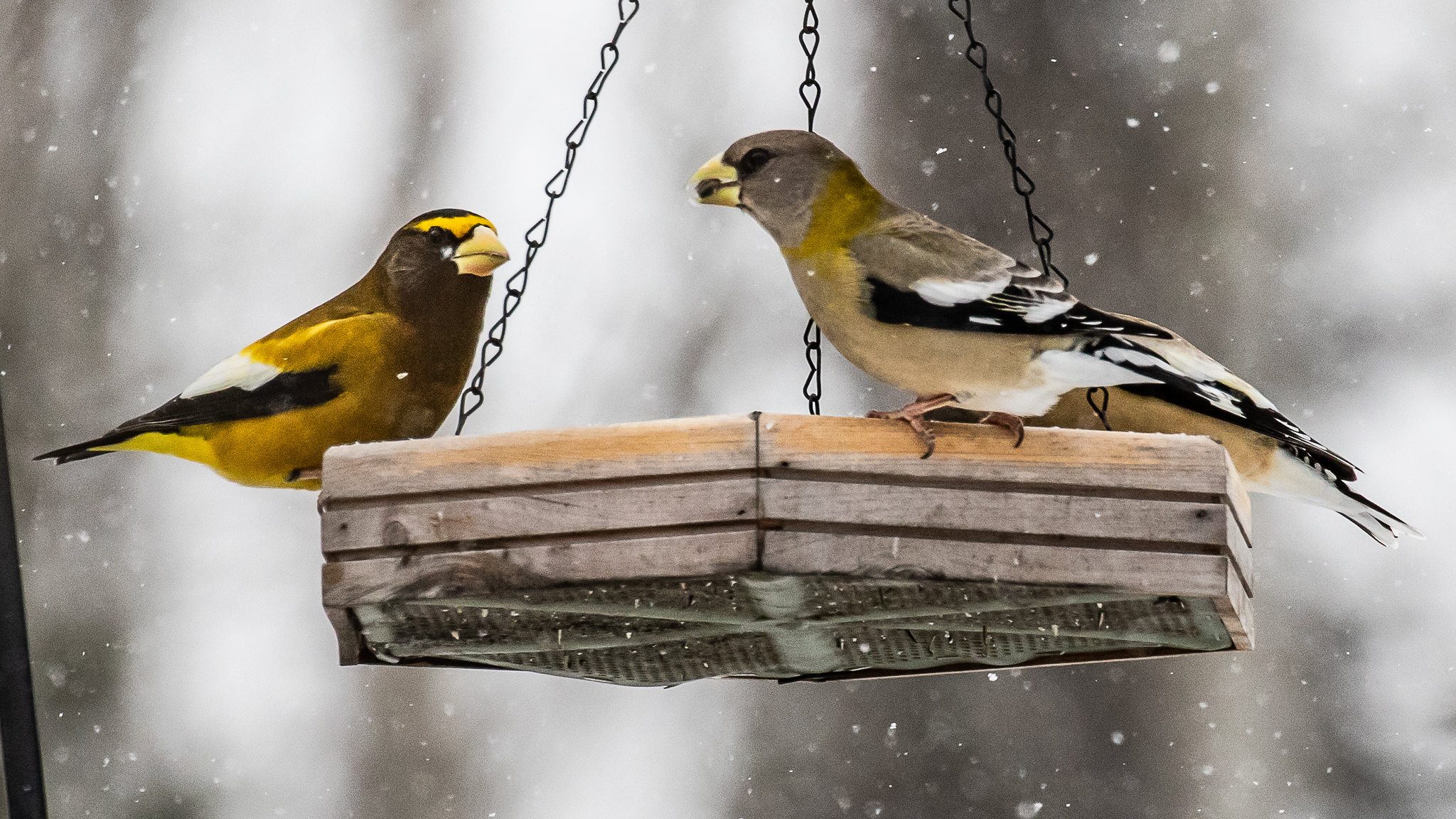
Evening grosbeaks at a bird feeder. © David Larson Perhaps the most widespread current myth that continues to persist is that leaving feeders up prevents migration.
The thinking goes that birds won’t be able to pull themselves away from endless bounty.
Although I can fully relate to that logic when I belly up at my favorite buffet, so far, I’ve always managed to leave before winter sets in. Again, hummingbirds are often the birds of concern for this myth, yet these tiny beasts can be quite hardy.
The instinct to migrate is a strong one. A few stragglers can remain far north in winter, but the feeders aren’t to blame.
-
Southbound
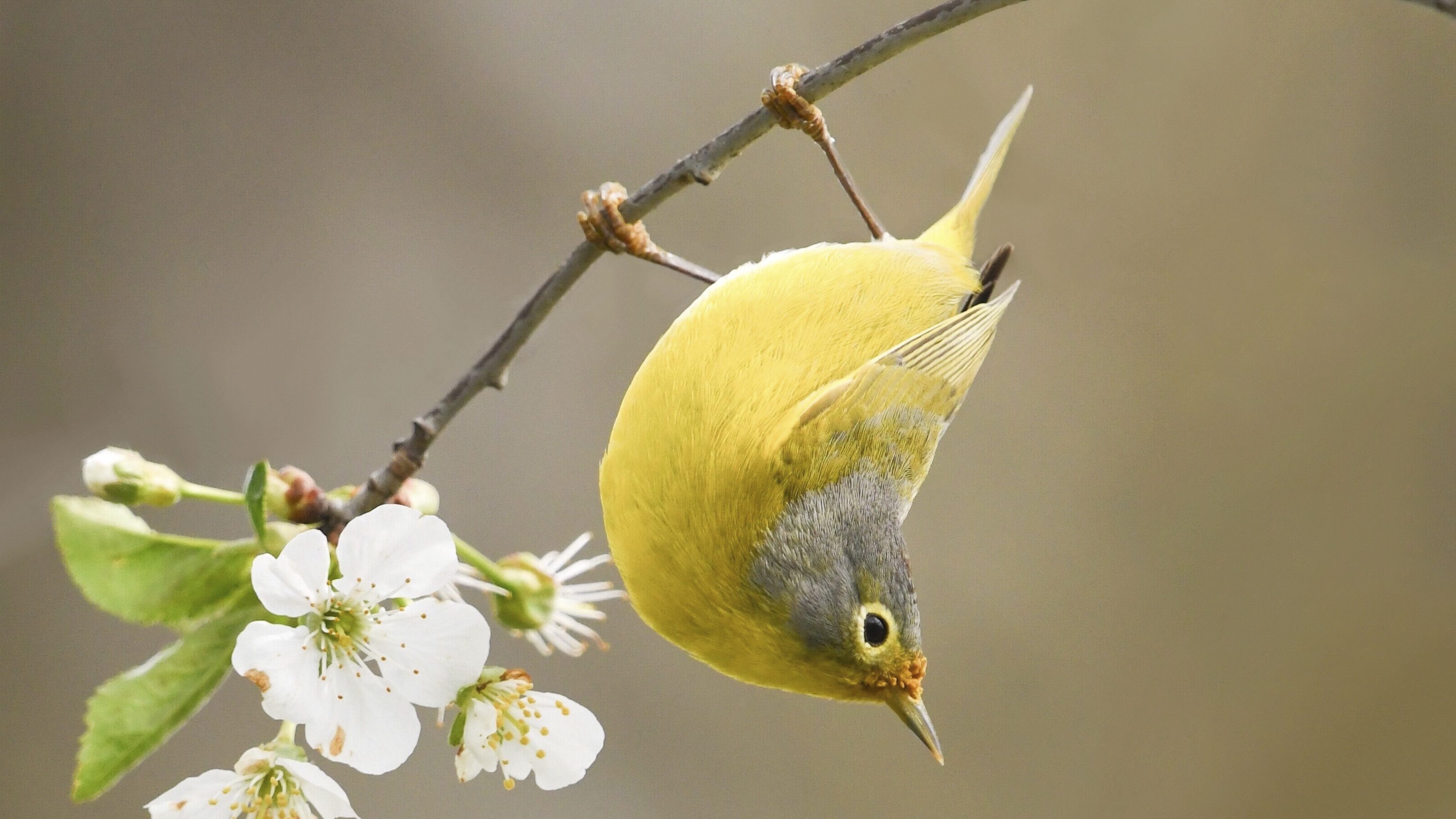
A Nashville warbler bounces around a tree, looking for insects inside the blooms. © Andy Raupp /TNC Photo Contest 2019 Learning that all birds migrate south for winter must be a kindergarten graduation requirement. It has become one of the basic tenants of childhood, and it is a belief that many adults still cling to.
Obviously, all birds migrate south for winter. (Do people in the southern hemisphere think that migrating birds only fly north?)
This isn’t as much of a myth as it is an oversimplification. Migration is endlessly fascinating and each species, and even every individual, approaches it uniquely.
Many passerines like warblers, flycatchers, and tanagers, do move closer to the equator in winter and return toward the poles for the breeding season. Waterfowl might only go as far south as it takes to find open water.
But this southbound flight isn’t universal. Irruptive migrants like crossbills and snowy owls don’t move at all some years, but then these birds can show up almost anywhere during other journeys. Plenty of species shift east or west and winter along the coasts. Migration isn’t simply south for the winter.
-
Follow the Map
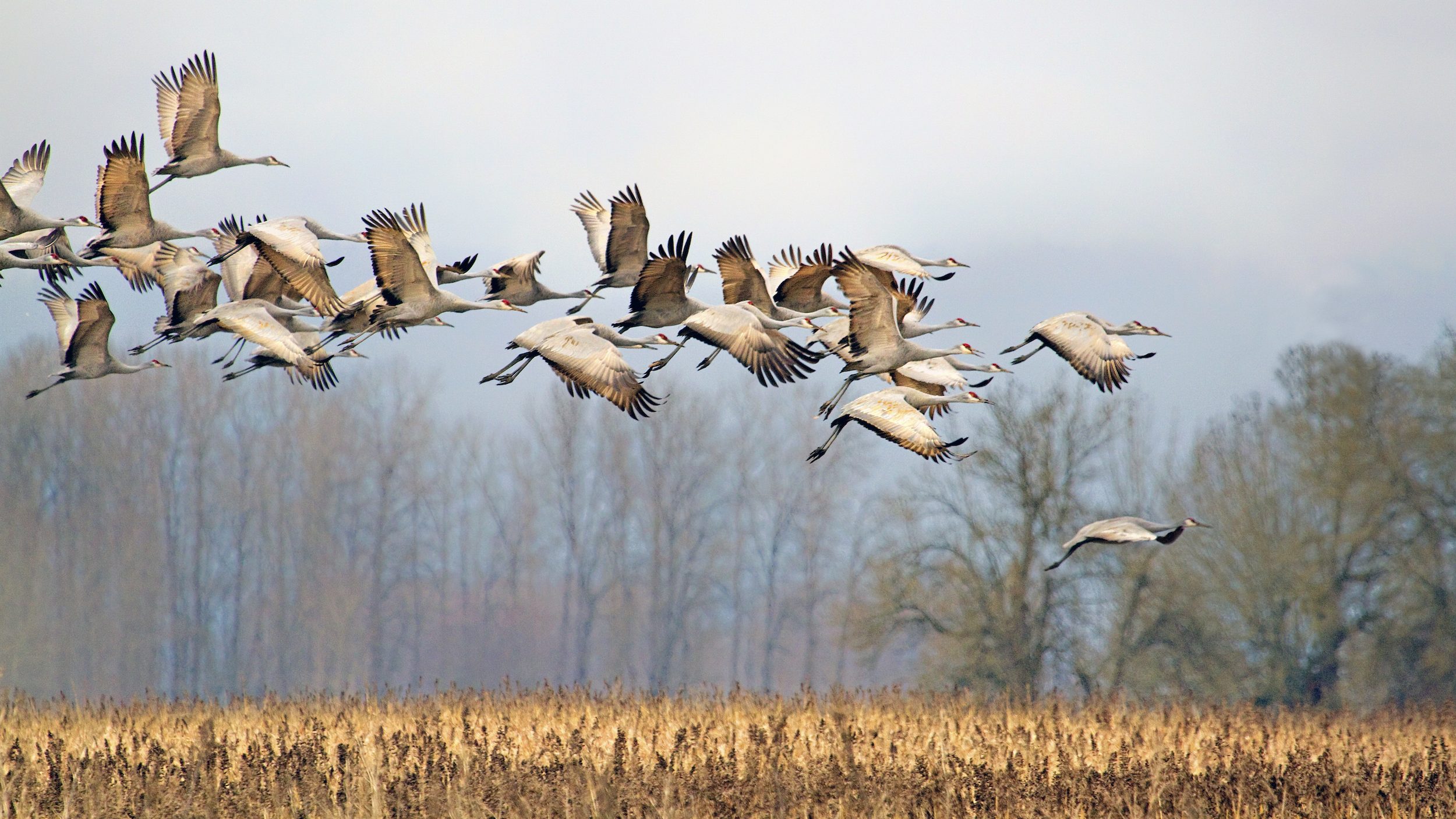
A flock of sandhill cranes flies through a late autumn landscape in the Pacific Northwest. © Gary Grossman/TNC Photo Contest 2019 While people rely heavily on learned behavior, in many cases birds get by on instinct. There are a few instances when learned migration routes are passed down generation to generation.
Cranes generally stay together as family units on the initial migration, younger birds learning traditional stopover sites on the trip to the wintering grounds. But it is a myth that all birds must learn a travel itinerary from their parents.
Many hatch-year birds must navigate alone to winter ranges they’ve never been. These routes cover hundreds or thousands of miles. Birds utilize a number of tools to aid for orienteering including the stars, the sun, and Earth’s magnetic field.
Research demonstrates that some birds are born with the innate sense of distance and direction they’ll need for migration. Then natural landmarks including mountains, rivers, and lakes can also assist in birds knowing where they are on future trips.
Scientists are still learning about migration and responding to the needs of birds. The Nature Conservancy has partnered with NASA and others on the BirdReturns program identifying essential pop-up wetland habitats.
-
Weather or Not to Fly
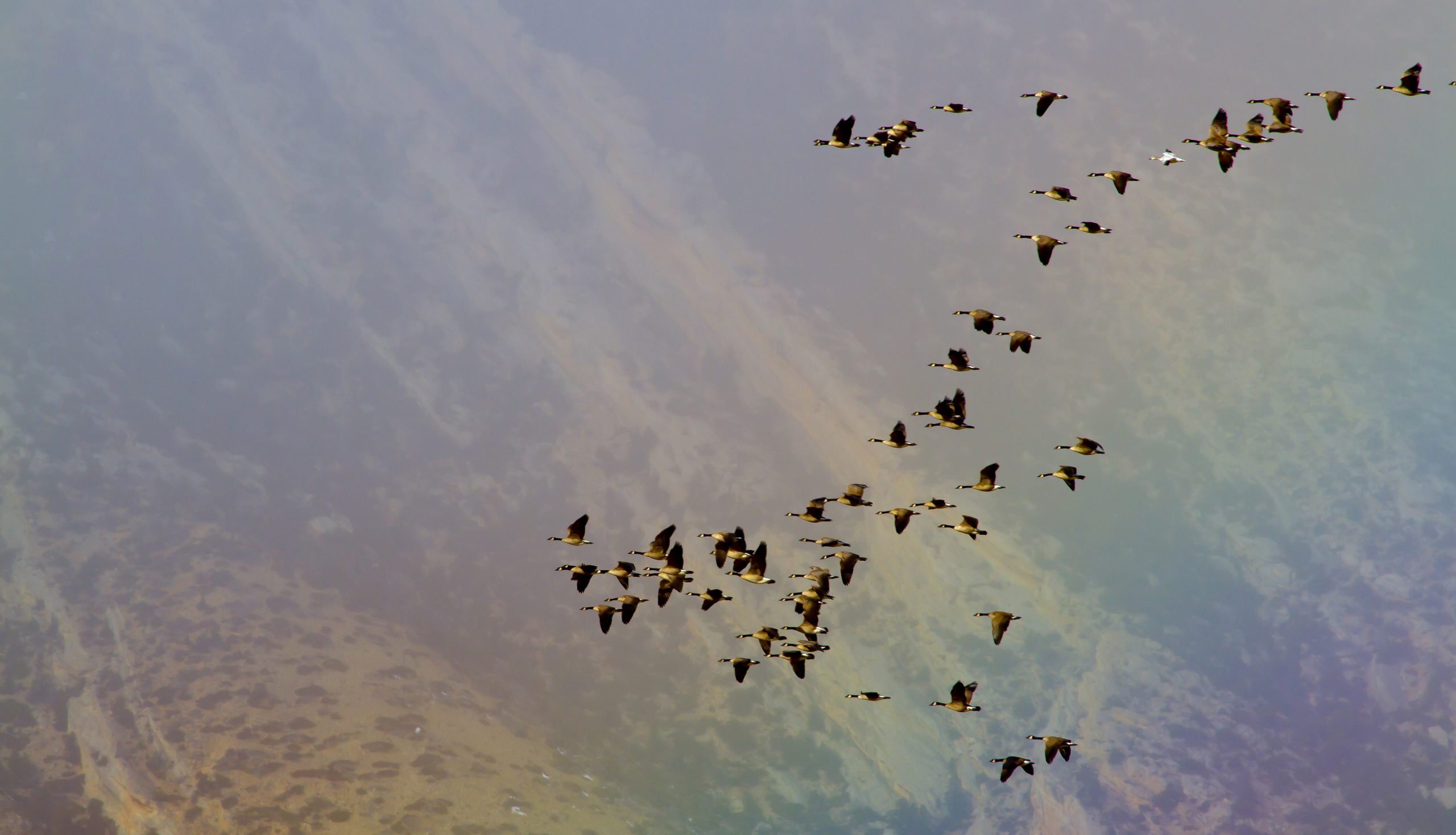
Aerial photo of migrating Canada geese, Wyoming. © Kathy Lichtendahl / TNC Somewhere on the planet, birds are migrating every single day of the year. A combination of migration restlessness and day length helps keep them moving on their annual journeys, not the daily temperatures.
Naturalists speculate about the weather almost as much as farmers, but birds wintering in Panama don’t know when the first 70-degree Fahrenheit spring day arrives in Wisconsin.
That’s not to say that weather doesn’t impact bird movements. Although it isn’t triggering migrations, birds do travel during favorable winds and hunker down when conditions are bad
Migration is happening all around. When discussing his book A Season on the Wind: Inside the World of Spring Migration, Kenn Kaufman said during a Living On Earth interview, “If you could look down on North America from outer space on a night at the peak of migration to see where the birds were going, you wouldn’t see rivers of birds flowing toward the north. It would look more like a blanket of birds being pulled northward.”
Like many great thinkers from Aristotle to my brother, if you are paying attention, you too can be perplexed, marveled, and inspired by the phenomenon of migration.
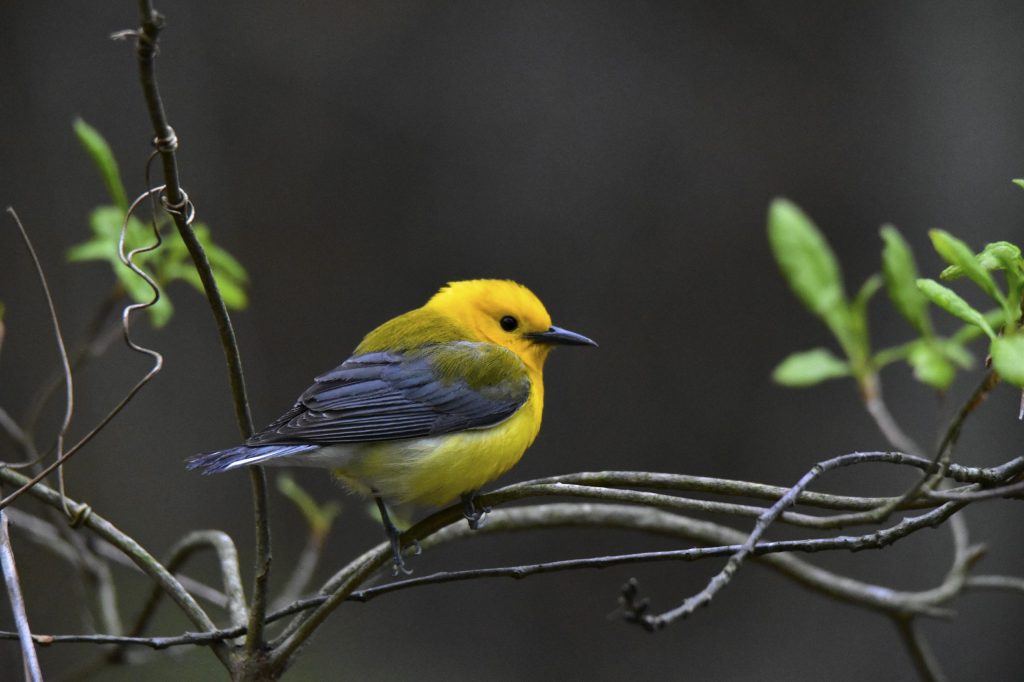



Interested one to know the why some bird species are migrant while athers are resident in one habitat.